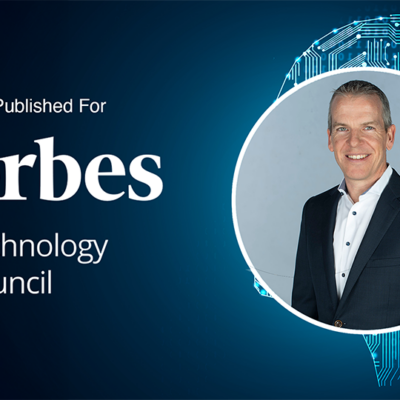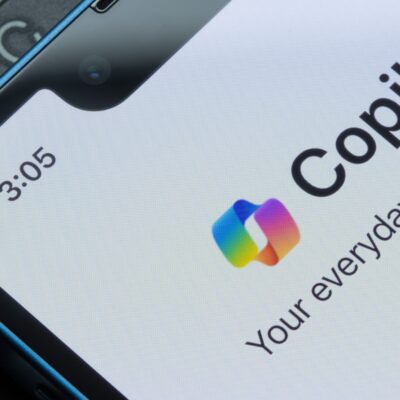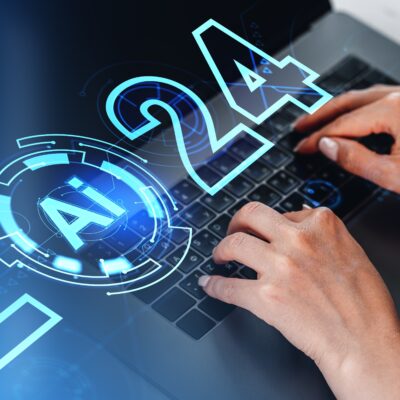Employers want to know: Is our team as productive as it can be?
You hear these stories, crazy stories, about moonlighting; people having more than one job at the same time and not telling their employers about it. We’ve heard stories about people sleeping at work. You hear things from friends about people bragging that they only have to work an hour a day because they’re working remotely.
And the other piece of that is how do we monitor for burnout? We have all sorts of people that are working really hard. How do we check and say, “Hey maybe this person is putting in too many hours? Maybe they’re working too hard. They’re going to burn out. They’re going to have an issue.
That has spurred a lot of requests from our clients for advice on how to monitor productivity; how to make sure that when an employee tells you they are working that they are actually at their desk.
Three Options
Here are three common ways that employers are monitoring staff:
1. Microsoft: So most of our client base is on Microsoft 365. And within Microsoft 365, there’s something called Productivity Score. It will, in an aggregate basis, show you how your
staff is using Microsoft products, and if they’re fully utilizing it and different things like: are people emailing attachments, emailing links? Are they using SharePoint? Are they running online meetings properly — all that sort of stuff.
Originally Microsoft came out with this and there was user-specific data they got criticized for it. So, they backtracked and now it’s just aggregate so you can look at how your entire team is doing.
It’s not a very pervasive level of monitoring. It’s easy to look at and analyze.
Now, some folks want to go further than that. They want to know: Has an employee logged on? How long are they working on their computers? How long are they working in a given day? Or are they not working very much… that sort of thing.
2. ActivTrak: So, our best recommendation that we’ve been talking to clients about is a piece of software called ActivTrak. Now, we like ActivTrak because it doesn’t do key logging. It doesn’t turn on webcams. It doesn’t have all those kind of things that we don’t really feel good about that can really violate privacy.
What it will do is give you analytic reporting on how productive somebody is, or how many hours they work. Or, it will provide signs of burnout, or what they’re spending most of their time doing. So, you can use it both to check productivity, and as a coaching tool for your team.
3. Teramind: This one is more pervasive — and not one that we generally recommend — but it will do screenshots, more detailed analysis, turn on the webcam and see if the person is working
We feel a little bit queasy about that that kind of stuff just because it’s really blurring the line between privacy issues and being a good employer.
Bottom line
There have never been more options for electronic monitoring of staff. If you want advice, please feel free to reach out. We are happy to do a free consultation on employee monitoring or any other key technology trends.
Related Article





